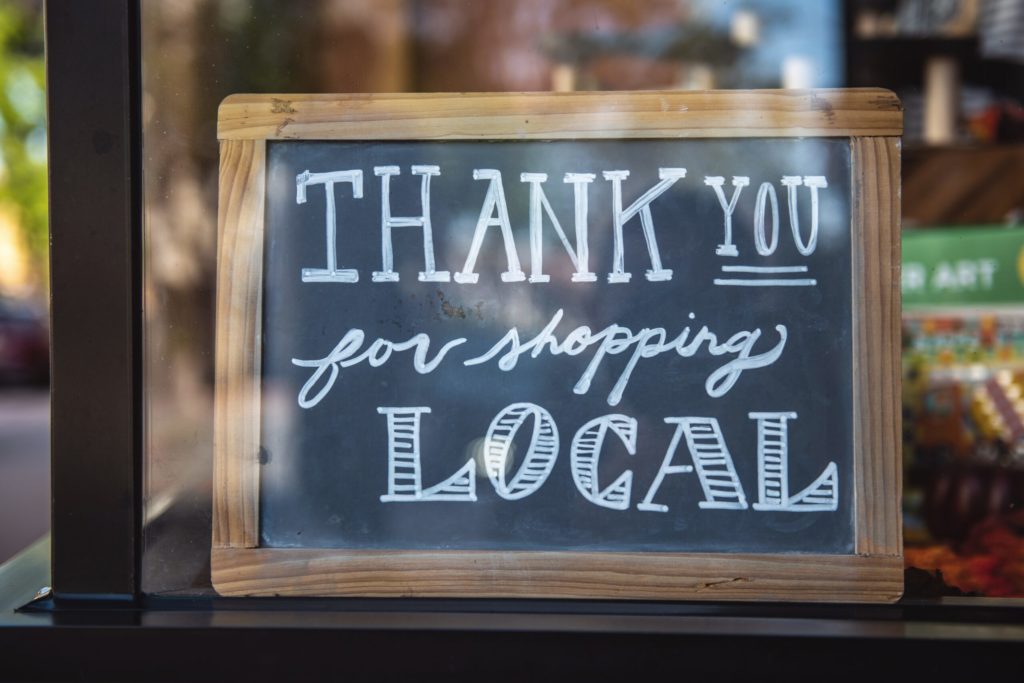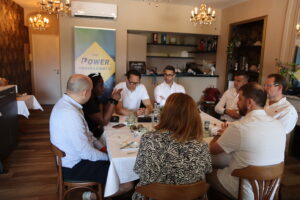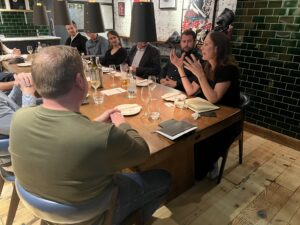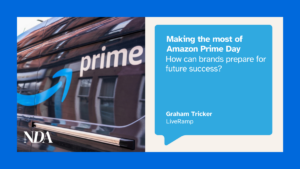One year into the Covid-19 pandemic, the impact on the marketing industry has been huge. With lockdown restrictions in place across many territories and millions of consumers forced to stay at home as result, it’s clear that the crisis has driven incredible growth in ecommerce and accelerated the digital transformation of most businesses. A less well-documented outcome, though, has been an increased recognition of the importance of community in all our lives.
New Digital Age, in partnership with Control v Exposed (CvE), recently hosted a roundtable of marketing heavyweights to discuss the renewed role of local marketing in a post-COVID world and to consider which of the recent shifts in strategy towards local targeting are likely to survive beyond lockdown. NDA editor Justin Pearse and CvE President in Europe & Asia, Paul Frampton, were joined by: Matt Bushby, UK Marketing Director at Just Eat; Pete Markey, CMO of Boots UK & Ireland; Jane Savage, Head of Marketing and Ecommerce EMEA at RoC Skincare International; Alastair Pegg, Group CMO at A-Plan Insurance; and Matt Pollington, Marketing Director at Made.com.
CvE’s Frampton set the scene for the conversation, recounting his own company’s pandemic experience to date. He said: “A few years ago, we decided to invest in hyperlocal marketing, in terms of building a machine learning solution that allows digital activity to be turned on by local franchises or local area managers. There was a growing trend towards ‘local’ in marketing plans before the pandemic but, since it hit, interest in our solution has erupted.”
Pete Markey, who joined Boots recently, following four years with challenger bank brand TSB, said: “With Covid, the need to know what’s open in your locality, what you can access right now, has become more important than ever. Likewise, in physical stores, customers have a new set of expectations – hand sanitizer, social distancing, mask wearing and so on. We’re lucky at Boots: as an essential service, we’ve remained open throughout the pandemic, but for a lot of other retailers the next few months will be about how to coax people back into stores again. I expect local marketing to play a big role in that.
“There needs to be a closer relationship between what you’re doing online, how you provide deeper levels of interactions for customers instore, and what’s happening locally. We need to provide customers with the clarity and confidence they require to go shopping again.”
Balancing act
While predominantly known as an online furniture and homeware retailer, Made.com also operates a number of showrooms in major cities, which have had to close during lockdown. Made.com’s Pollington said: “Losing the ability to touch and feel our products was difficult for a segment of our customer base, so we’ve created a system of digital appointments, one-to-one consultations with our sales agents in our stores, which has been really popular. One interesting side-effect of the lockdown, from our perspective, is that customers have actually become more patient.
12 or 18 months ago, we would have been talking about the customer expectation for fast fulfilment in the furniture business. Our experience is that consumers are now prepared to wait longer for furniture products to be delivered than before, which is fascinating.”
Discussing the changes forced on the beauty and cosmetics business, Savage said: “From a marketing perspective, you want efficient media and that means achieving a level of scale. It becomes very difficult to know: how local do you want to go? Independent pharmacies are a very important part of our distribution network so we’ve been using local marketing to support them throughout the crisis.
For example, we’ve been launching certain product ranges exclusively through independent pharmacies and supplying them with far more samples for customers to take away (rather than testers to be applied instore). We’re also trying to capitalise on the acceleration of ecommerce in markets where we don’t have a strong bricks and mortar presence, so it’s a constant balancing act to make your media money work hard for both local independents and more central ecommerce.”
Local knowledge
Pegg explained that, as A-Plus Insurance Group operates a network of 105 insurance brokers across England, it already had a clear role to play in the local communities in serves: “Our branches are empowered to be part of their local community, so we have a slightly different approach, whether that means having a relationship with the local rugby or cricket club or local business networking group. The challenge is if you have 105 guys out there doing their own thing, how do you scale that activity to make it work in a coordinated way.
Post lockdown, those local business forums became digital, so we have had to adapt to the changing nature of networking locally to be more digital too. We’ve made sure we got involved online and on social media to connect to those groups we ordinarily would have done face to face.”
Bushby of Just Eat pointed out the crucial importance of customer data to its localisations strategy. He said: “We’ve tried to use our first-party data in an intelligent enough way to power some of the decisions we make at a local level. In London, for example, we look at things at a borough-by-borough level and make decisions on where we need to invest more or pull back. We launched the entire McDonald’s estate on Just Eat at a time when we were in the highest level of lockdown. Normally, Out of Home would have been a key channel and we’d be concentrating media around stores, so we had to approach the launch in a very different way. That challenged some of the sort of preconceptions we held previously, particularly in relation to working with third parties, which we’re doing more of now.
“At Just Eat,. We add value to the customer by surfacing all the great restaurants in their area, highlighting those local heroes, and working with the restaurants to leverage the impact of our national media campaigns at a local level.”
CvE’s Frampton summed up: “It’s about finding that optimal mix between national and local activity that drives the business. Depending on which business you’re in, that can be a very complex task. I think, post-pandemic, there will still be a big opportunity for brands to use technology and develop different service models to leverage local marketing much more effectively.”










